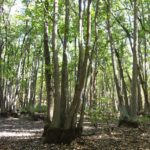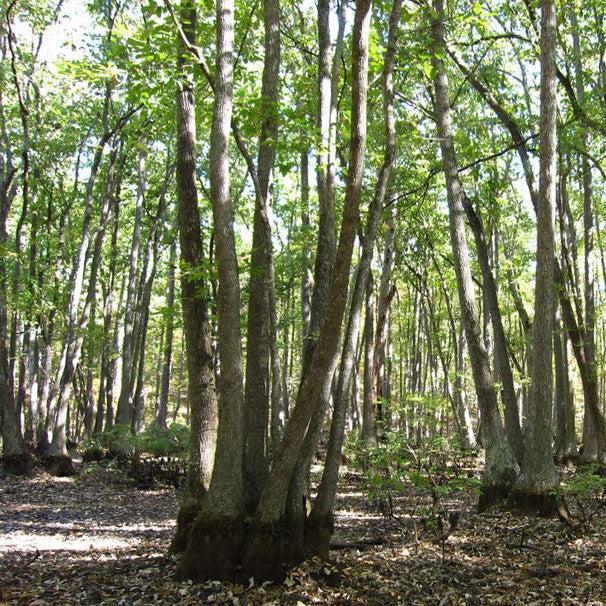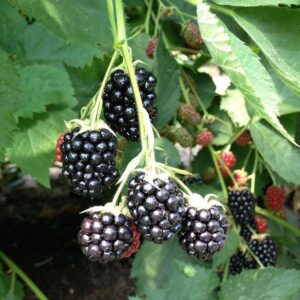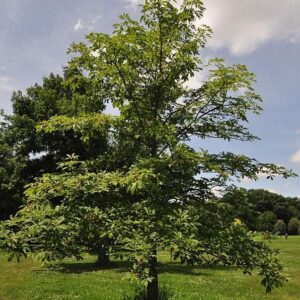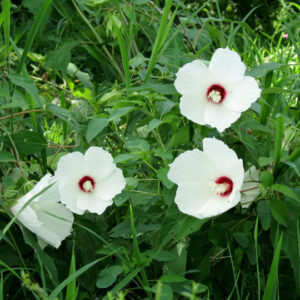Swamp Black Gum, also known as Nyssa sylvatica or Black Tupelo, is a deciduous tree native to the eastern United States. It is known for its striking fall foliage, unique bark, and its importance to wildlife. Here’s everything you need to know about Swamp Black Gum:
-
Appearance: Swamp Black Gum is a medium to large-sized tree that can reach heights of 30 to 50 feet (9 to 15 meters) or more. It has a pyramidal or oval-shaped crown with horizontal branches. The bark is dark gray to black and develops deep furrows and ridges with age.
-
Leaves: The leaves of Swamp Black Gum are simple, alternate, and elliptical in shape. They are glossy green during the growing season and turn vibrant shades of yellow, orange, red, and purple in the fall, creating a stunning display of autumn colors.
-
Flowers: In spring, Swamp Black Gum produces small, inconspicuous flowers. The flowers are greenish-yellow and are a valuable source of nectar for bees and other pollinators.
|
Type: |
Tree |
|
Origins: |
Southeastern US; GA Native |
|
Height: |
60’ – 100’ |
|
Spread: |
20’ – 40’ |
|
Spacing: |
30’ |
|
USDA Hardiness Zone: |
5 – 9 |
|
Culture: |
Full Sun, Part Sun |
|
Bloom Color: |
White |
|
Season of Interest: |
Fall |
MAINTENANCE NEEDS: Low Maintenance. No serious pests or diseases, but watch for leaf spot, canker, and tupelo leaf miner.
LANDSCAPE USES: Accents or Group Plantings, Borders, Woodland Gardens, Naturalized Areas, and Shade Tree.
COMPANION PLANTS: Bald Cypress, Swamp Oak, Swamp Rosemallow
IMAGE: Chris M, Swamp tupelo, CC BY 2.0
*As plants have ranges in appearance they may not appear as the images shown.

